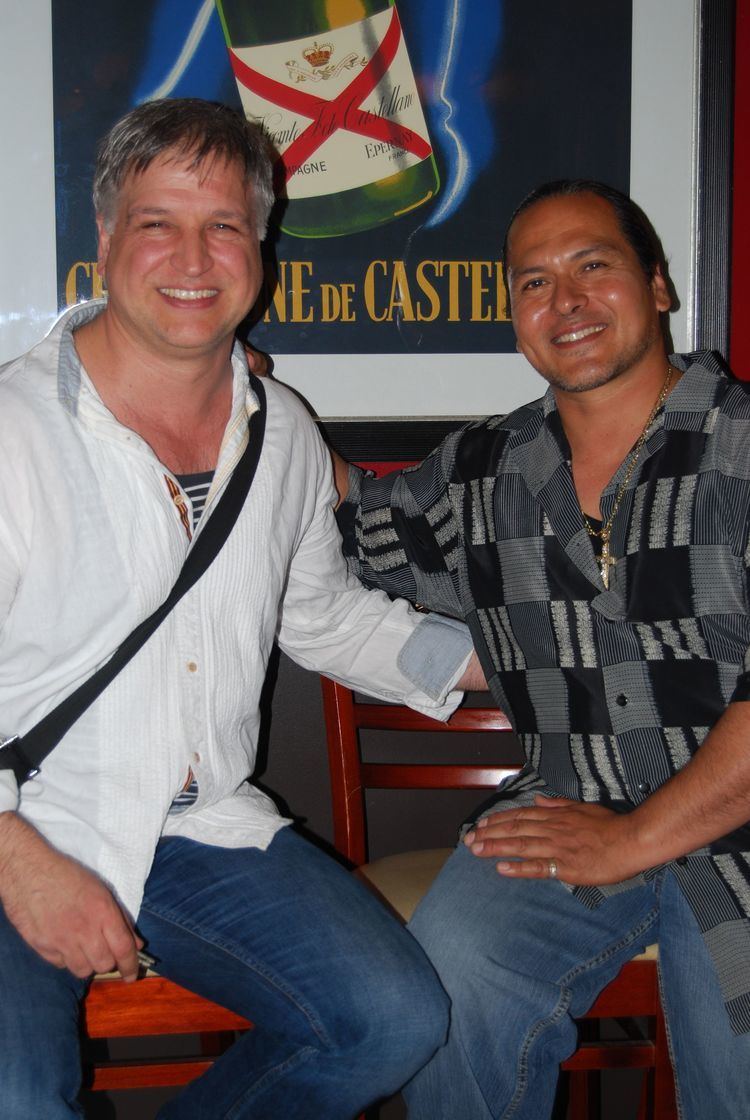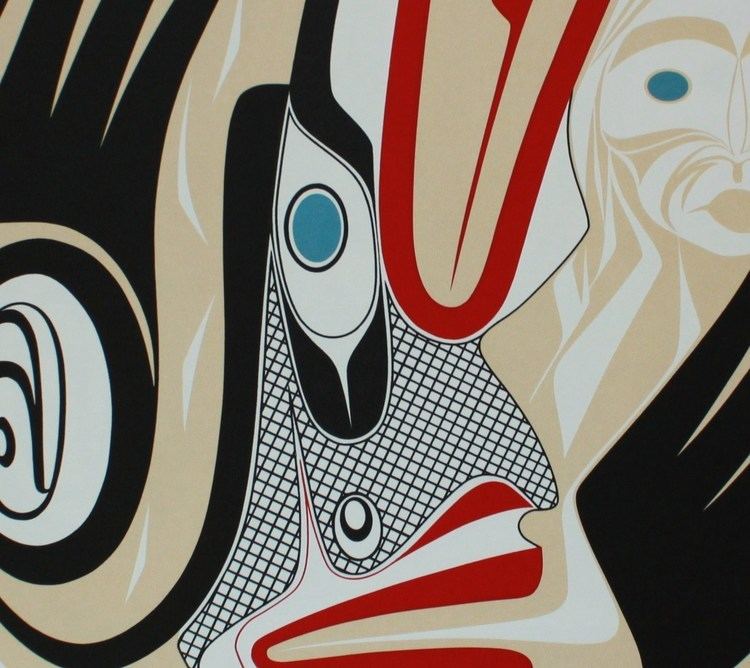Name Manuel Salazar | Role Artist | |
 | ||
Manuel Salazar, is the noted Death Row artist whose acclaimed paintings brought him international attention and a dramatic reprieve from execution in 1996.
Contents
- Carlos manuel salazar ramirez faith in human
- Early life
- Abduction Death Row
- International Attention
- Release from Death Row
- References

Carlos manuel salazar ramirez faith in human
Early life
Manuel Salazar was born in Joliet, Illinois on 20 February 1966 to Mexican parents. On September 12, 1984, the 18-year-old Manuel "Junior" Salazar was just one member of a carload of four young Latinos and a Black teenager traveling on the east side of Joliet when their car was stopped by local police. The group had an unlicensed gun in a bag - a minor offence, but a fact that triggered panic in the young group. Salazar ran from the car with the gun bag. Police Officer Murrin, his gun drawn, took off after him down an alley. Salazar reached a fence, tossed the gun bag over but could not get away himself. With no where to run, Salazar surrendered. Murrin then punched Manuel in the eye, knocked him down and kept on hitting. Manuel yelled "I give, I give," but Murrin didn’t stop. After a moment Salazar pushed Murrin away and fearing for his life, grabbed at the policeman’s weapon. A brief struggle ensued, the gun fired, leaving Police Officer Murrin mortally wounded.
Abduction & Death Row
Salazar escaped to Mexico after a ‘shoot to kill’ order was issued by Chicago police. In violation of an International extradition treaty between the United States and Mexico, Salazar was abducted and returned to Illinois by CIA operatives and paid agents to stand trial. The evidence that Salazar had acted in self-defence was not satisfactorily argued in the trial and Salazar’s lawyer, unbeknown to the Salazar family, was at the same time facing charges for bribing a police witness in another case. After a trial that lasted only four days, Salazar was sentenced to death by lethal injection. Salazar’s case was largely ignored for over ten years - impounded on Death Row in an Illinois State Pentitentiary and supported solely during this period by a small tenacious group of local community activists.
International Attention
In 1994, Salazar’s situation started to attract International attention after a series of his Death Row paintings, released from the penitentiary in that year, openly toured in the United Kingdom. The tour represented a new campaign initiative organised by his latest Chicago Attorney, Marlene Kamish and human rights campaigner Christopher Templeton, in London. Salazar quickly discovered that painting was a way of expressing his self-worth and frustrations of innocence. Paintings continued to flourish over a relatively short period of time, each remarkable in their maturity of style. Collected together within a formal exhibition, the paintings received immediate critical acclaim. The impact made all the more great because Salazar had never before lifted a brush. A personal statement from Salazar at this time (1994) read: “They say that this is the land of opportunity and justice for all. They tell us to be all that we can be and aim for the stars for no dreams are impossible. But it isn’t as equal and as just as they proclaim. For life has shown me a different story. Without knowing it, many of us are aiming at shattered dreams”.
Release from Death Row
International pressure and significant press coverage continued throughout 1994-95 and culminated on 10 June 1996 in an Early Day Motion, signed by 47 MPs in the House of Parliament in the UK drawing attention to Salazar’s legal predicament and insisting upon his release. The cumulative action of UK politicians, Amnesty International, eminent legal figures like Alun Jones QC, academics like Prof. Rodolfo Acuña and even Pope John Paul II, finally brought Salazar his retrial. The jury took only seven hours to come to their verdict. After spending over twelve years at the Pontiac Correctional centre, the Court had found Salazar guilty of the lesser charge of involuntary manslaughter. Having already served more than the maximum five-year sentence, he had in effect, been a free man for over seven years. Upon his release, Salazar's first action was to donate all his Death Row paintings to Mexican Schools.
